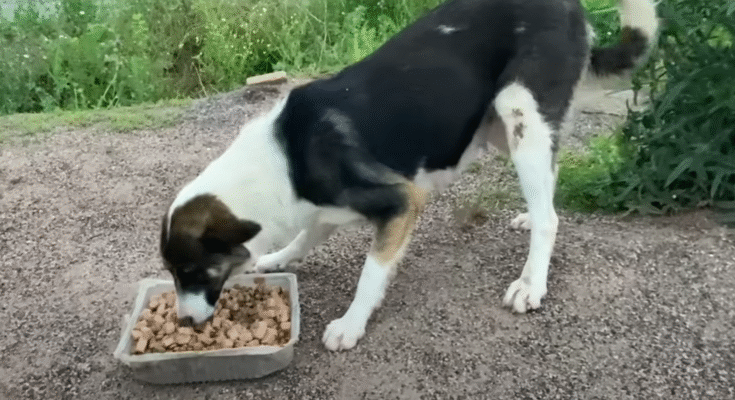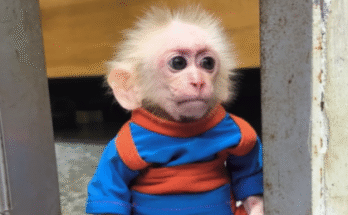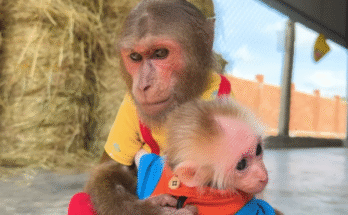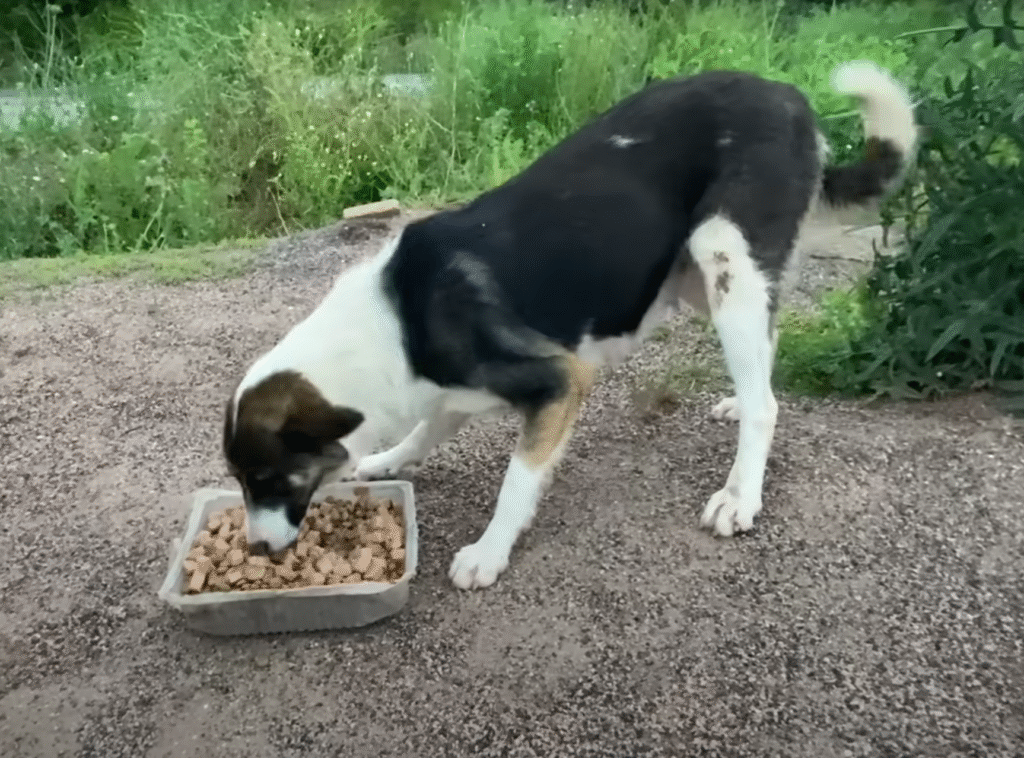
It was a cool, overcast afternoon when we received the unusual call. A local woman had spotted a mother animal acting strangely near the edge of the forest. She seemed anxious, pacing back and forth, calling out softly. The caller explained that the mother appeared to want help — but it wasn’t clear what the problem was. My team and I, always ready for rescue, packed our equipment and headed toward the spot immediately, unaware that we were about to witness something deeply moving.
When we arrived, the woman who had called us pointed to a narrow clearing near some tall trees. “There she is,” she whispered. “She’s been waiting… I think she wants you to see her babies.”
We approached slowly, careful not to startle the mother. At first, she seemed wary, watching us from a distance, her ears twitching, her body tense. But there was a determination in her eyes that was unmistakable — a quiet plea, a trust she seemed to offer despite the uncertainty of who we were.
“She knows we can help,” one of my teammates murmured. “She’s asking for us, even though she’s never met us before.”
The mother led us slowly through the underbrush, pausing often to look back and make sure we were following. It was clear she knew exactly where she was taking us. Her movements were deliberate and careful, protective of the little ones we had yet to see. There was no aggression, only guidance — a silent communication that told us she needed our help and that we must follow her instructions.
Finally, we reached a small, hidden area beneath the roots of an old tree. The mother paused and looked back at us, her eyes soft but urgent. Then, from within a tangle of leaves and soft moss, we caught sight of the babies. They were small, fragile, and just beginning to explore the world. Some were sleeping, others were stirring, curious about the humans who had followed their mother so carefully.
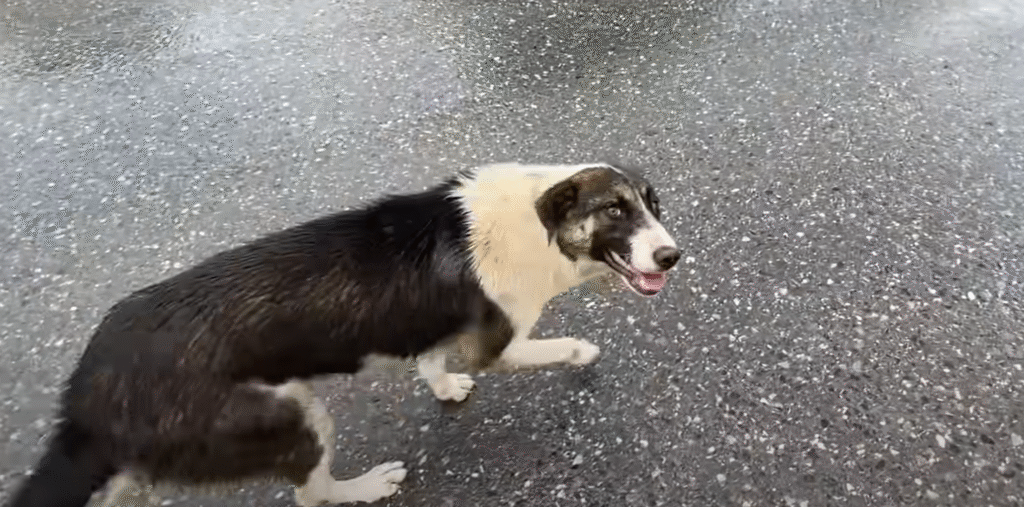
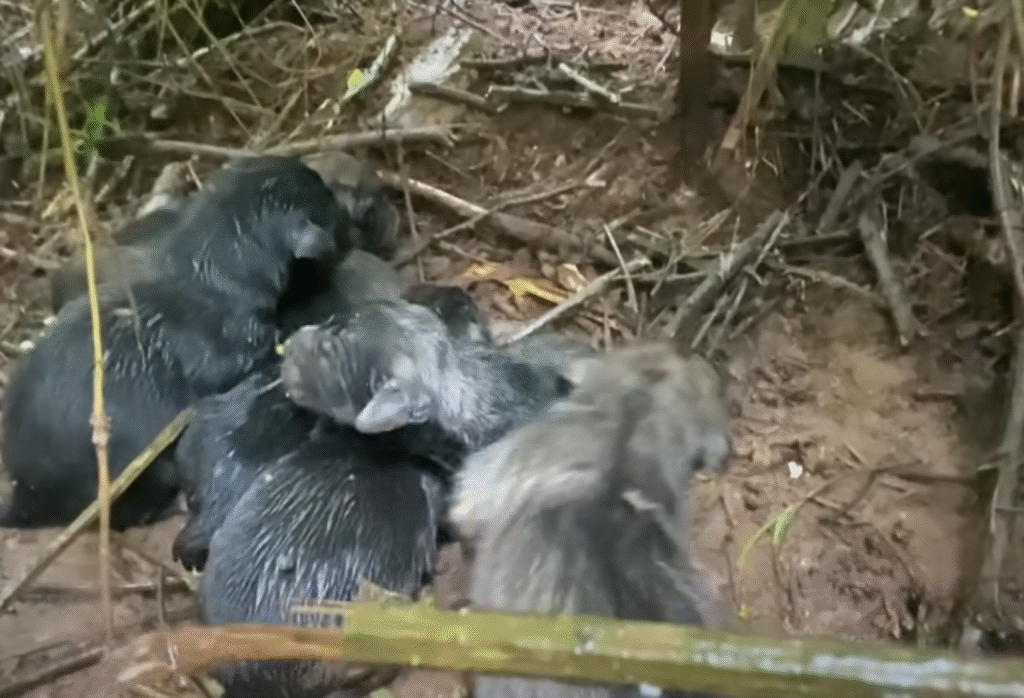
The sight was heart-wrenching and beautiful all at once. The mother seemed relieved that we had arrived. She circled her babies, nudging them gently as if to say, These are the ones I need you to help. Her trust in us was complete, even though it had taken only a few moments to form.
We approached slowly, keeping our movements calm. The mother watched closely but did not retreat. She seemed to know that our presence could make a difference. It was a lesson in instinct and intelligence — how a creature can sense when help is genuine and when it is not. She had chosen us.
The babies were tiny and vulnerable. Some had minor injuries, likely from falling or struggling to navigate the rough terrain around their hidden nest. Others were weak from hunger, needing immediate nourishment. As we knelt to inspect them carefully, the mother watched from a safe distance but never left their side, her protective instincts unwavering.
“She’s asking us to intervene gently,” I whispered. “She’s letting us know she trusts us to take care of them without harming them.”
It was remarkable how clear her communication was. Animals often show signs of distress or need, but the combination of her trust and her precise guidance was rare. We had been led directly to the ones who needed us most.
We began the careful process of helping the babies. One by one, we checked for injuries, cleaned away dirt and debris, and gently handled each little one to assess their condition. The mother stayed close, her eyes following every movement, but she did not attempt to interfere. It was as if she understood that we were allies, and that our touch could provide what she could not — medicine, nourishment, and human care.
Some of the babies were in worse condition than we had anticipated. A few were cold and lethargic, likely separated from their mother for brief periods before she found us. Others had scratches and minor bruises, the marks of early life struggles in the wild. Every time we attended to one of them, the mother leaned closer, sniffing and softly nudging them, reassuring them that they were safe.
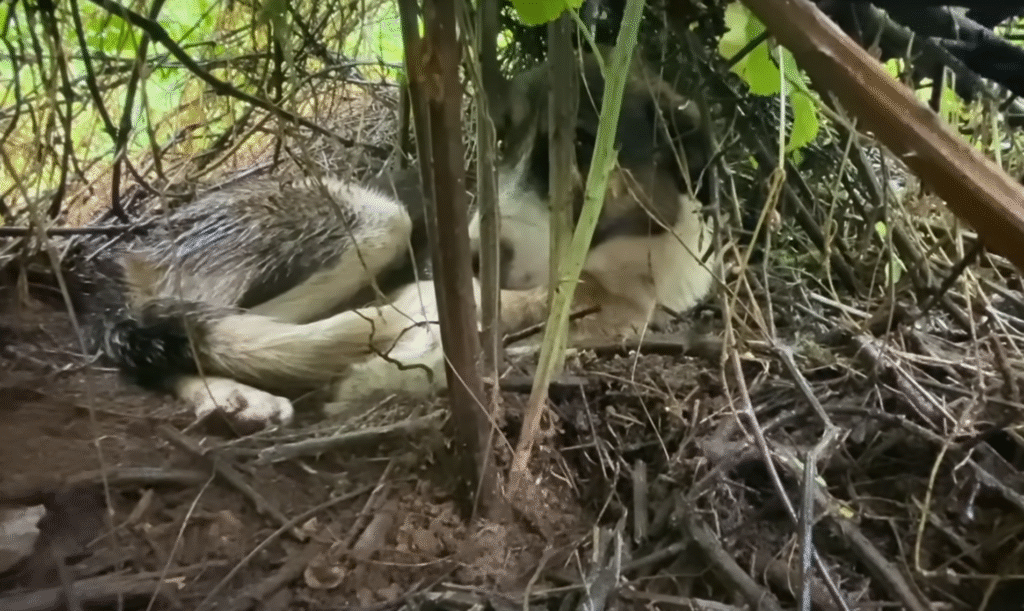
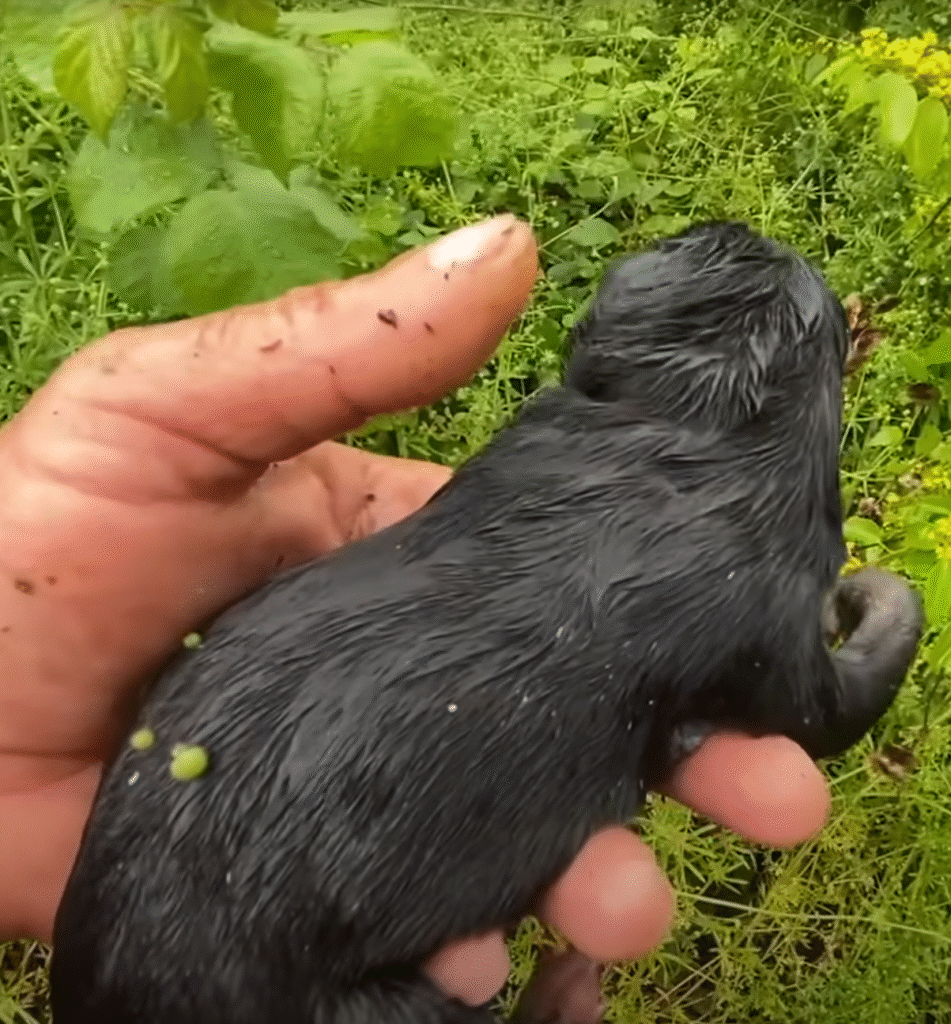
“She’s teaching them that humans can be helpers,” one teammate said. “It’s incredible.”
As we worked, I realized that this was more than just a rescue. It was a connection — a mutual understanding across species. The mother had assessed us, judged our intentions, and chosen to trust us. In doing so, she had provided a lesson about communication, intuition, and empathy.
After attending to the immediate needs of the babies, we set up a temporary safe space for them. Blankets, small heat pads, and some basic nutrition allowed them to regain energy. The mother watched, satisfied that we had acted in their best interest. She even allowed some of the babies to stay close to us while she rested nearby, trusting that we would continue to care for them.
It was then that the emotional weight of the moment hit me. How often do we underestimate the intelligence and emotional depth of animals? How often do we forget that they are capable of trust, hope, and guidance? This mother had led us through a forest, assessed our behavior, and actively sought our help to ensure the survival of her young. In return, we were given the responsibility to act with compassion and diligence.
Hours passed as we continued to monitor the babies, ensuring they were fed, warm, and safe. The mother, though exhausted, remained vigilant. She occasionally returned to check on them, giving us brief gestures of approval — a soft nudge, a quiet sniff, a satisfied look in her eyes. Her trust was not blind; it was earned through our careful and patient actions.
As the day progressed, we realized that these babies would need ongoing care. But the foundation had been laid. The mother had successfully communicated her needs and had guided us to a solution. It was a testament to the instinctual intelligence of animals and the powerful connection that can form between species when trust is present.
Before we left the area for the day, we gathered the mother and the babies to make sure they were secure. She lingered, watching us, perhaps understanding that we would continue to support her young. There was a quiet dignity in the way she observed, a sense of pride in the knowledge that she had done everything possible to protect them.
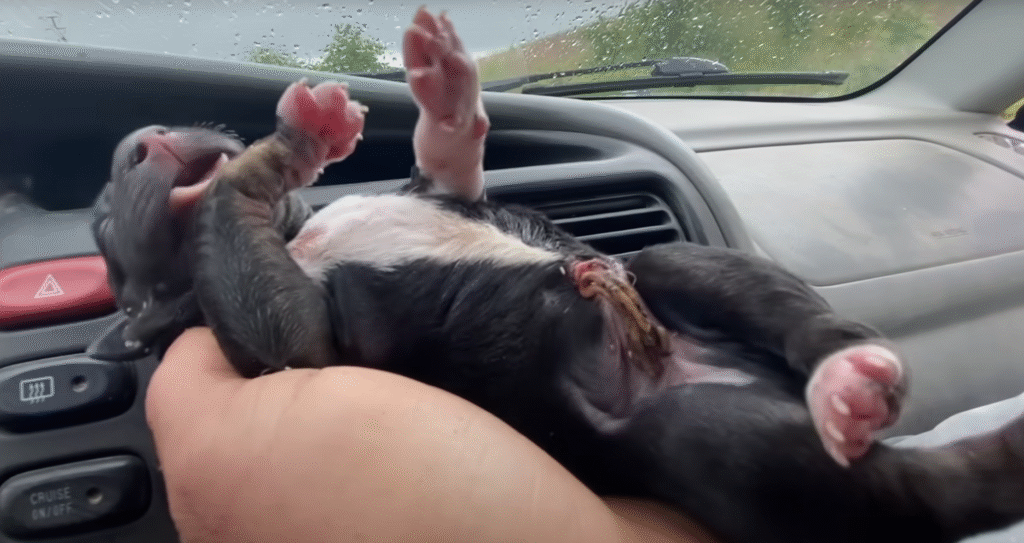
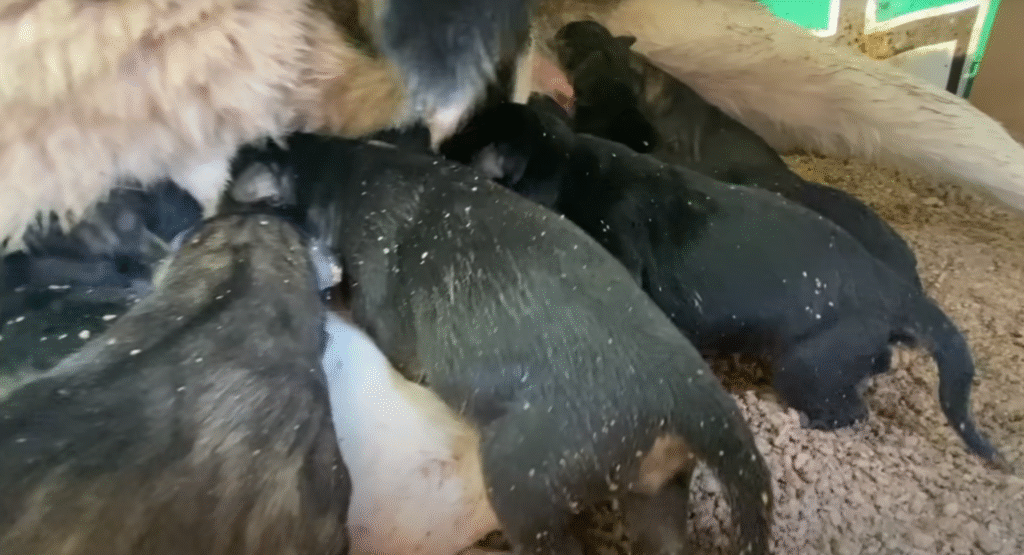
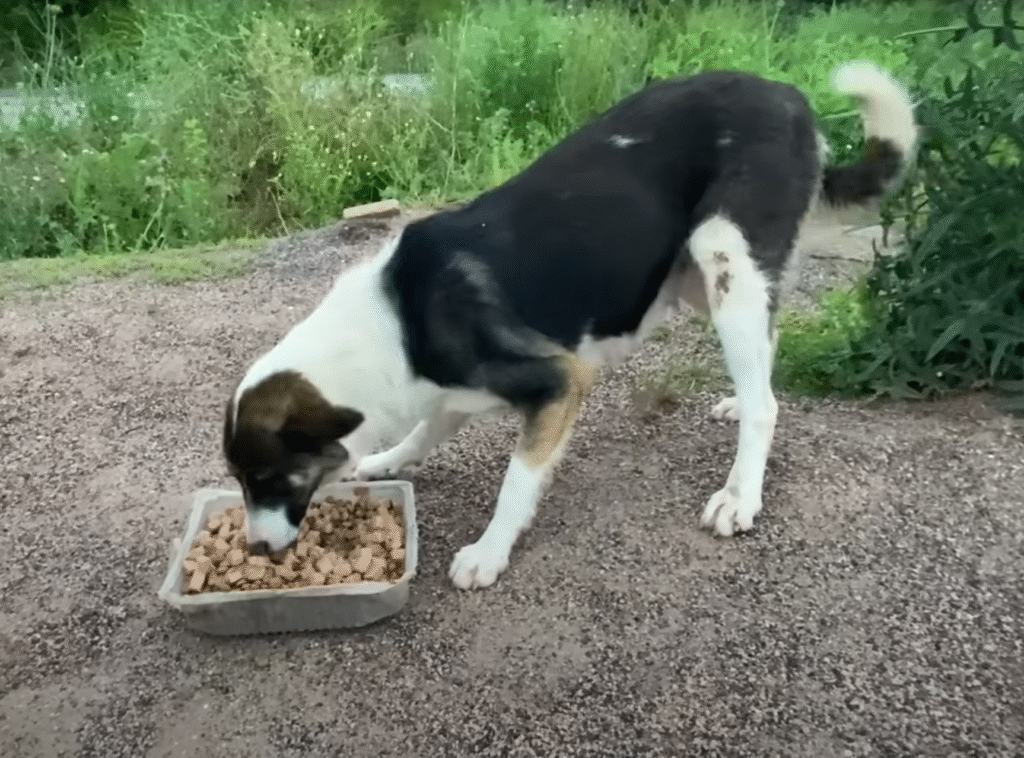
Walking back, I reflected on the extraordinary events we had witnessed. The mother’s actions were a reminder that help is often communicated in ways we may not immediately recognize. We must be observant, patient, and willing to respond with compassion. She did not call out for help in human words, but her actions were clear, deliberate, and purposeful.
In the following days, we continued to care for the babies, monitoring their progress and ensuring they were safe. The mother occasionally returned to check on them, a silent guardian ensuring that the world outside our care had not harmed them. Her guidance, intuition, and trust had made it all possible.
This experience left an indelible mark on me. It taught me about empathy, trust, and the deep intelligence of creatures who rely on instinct to navigate the world. The mother had approached us in need, led us to her babies, and silently asked for our help — and we had the privilege to respond.
The connection we shared, brief as it may have been, was a testament to the power of understanding across species. She had taught us that asking for help is not a sign of weakness, and that trust, once earned, can lead to extraordinary outcomes.
Even now, when I think back to that day, I remember the mother’s determined eyes, the fragile warmth of her babies, and the quiet communication that had guided us to them. It was a story of life, trust, and hope — a reminder that even in the wild, when a mother calls for help, miracles can happen.
And in responding to her, we had been given the rare privilege of witnessing the profound bond between a mother and her young, and the incredible power of trust extended across species boundaries.
